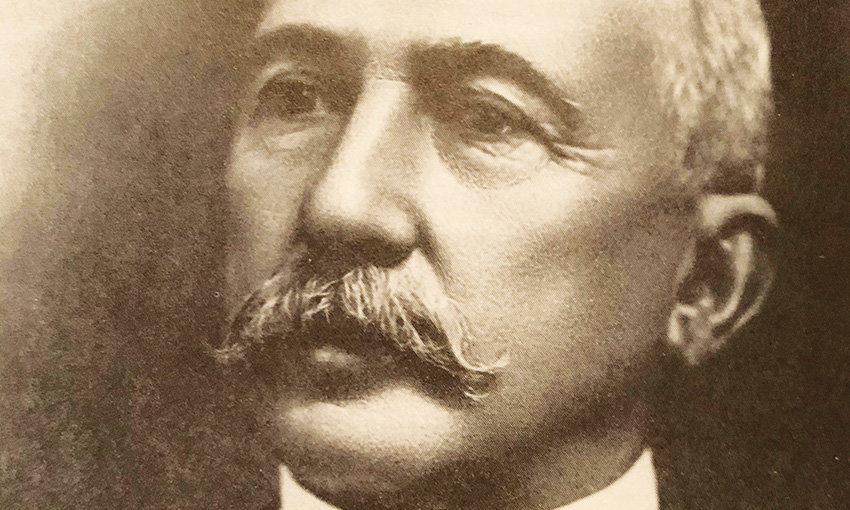WITH the death of Sir James Burns 100 years ago, the Australian shipping and business communities lost a colourful character and brilliant businessman.
Perhaps Mr Burns’ most enduring legacy was the founding, along with Sir Robert Philp, the Burns Philp and Company.
The company was heavily involved in shipping in Australia and the Pacific Islands, and throughout the first half of the 20th Century it grew into one of the most important Australian companies.
From the 1960s, the company’s shipping activities declined. It sold its last ship in June 1970.
Over the years, the company expanded well beyond just shipping and logistics into a vast array of industries and trades, including wool, sugar, mining, tourism, insurance and more.
The company was de-listed from the Australian Stock Exchange in 2006. However, the great sandstone edifice of the Burns Philp Building still occupies a section of Bridge Street in the Sydney CBD.
Below is the Daily Commercial News’ obituary for James Burns, published on 23 August 1923.
SIR JAMES BURNS.
Death yesterday morning
At 11 o’clock yesterday morning, Sir James Burns, one of the greatest shipowners and mercantile men Australia has ever known, died at his residence, “Gowan Brae,” Parramatta. Sir James had been in poor health for some time and on his return from England on March 3, underwent an operation at the Terraces Private Hospital. The operation left Sir James in a weak condition, and his health has caused anxiety to his relatives for some time past.
The career of the dead Knight is probably one of the most astonishing ever chronicled. Coming to Australia at the early age of 16, he first engaged in pastoral pursuits in Queensland, and later, in partnership with Sir Robert Philp, launched the well-known shipping and mercantile firm of Burns, Philp & Co., later formed into a limited company.
Of keen business mentality, Sir James soon became one of the leading commercial magnates of the Commonwealth.
Sixteen years of his early Australian life were spent in Queensland before he came to Sydney, and whilst in the northern state, he had many experiences amongst the gold-diggers, particularly at the Hodgkinson goldfield in 1872. He was one of the volunteer explorers who set out to discover a route for carriers from Trinity Bay in connection with that goldfield.
Born in Edinburgh on February 10, 1846, he came to Australia at the age of 16 years. Sir James was called to the Legislative Council of New South Wales in 1908. For many years he was a Brigadier- Colonel commanding the 1st Brigade of Australian Light Horse, and he was president of the NSW Highland Society for 20 years.
The deceased, who was in his 78th year, was knighted in 1917.
Sir James leaves an only son (James Burns, jun.) and three married daughters (Mrs. M. M. Brooks, London; Mrs. F. M. Williams, “Gowan Brae”; and Mrs. C. A. Peirson, England).
This article appeared in the August 2023 edition of DCN Magazine





